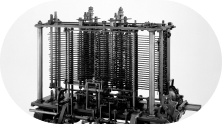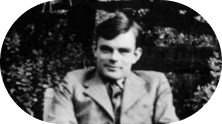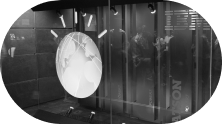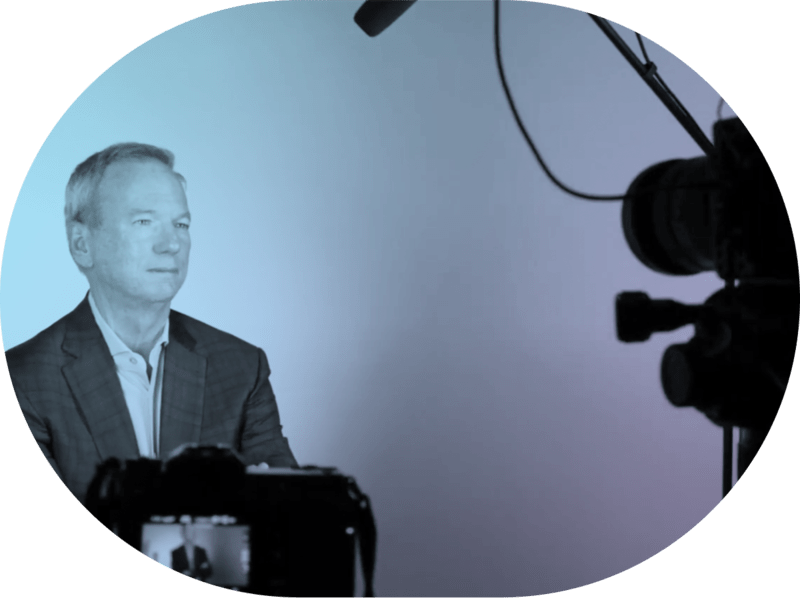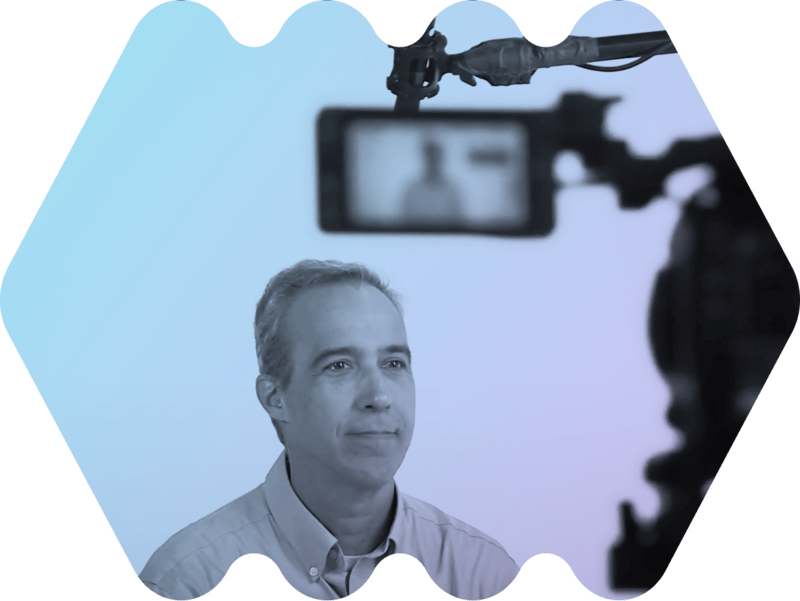Understanding Artificial Intelligence
Whether we consider it a tool, a partner, or a rival, AI will alter our experience as reasoning beings and change our relationship with reality. Here, we’ll walk through some fundamentals of this paradigm-shifting technology in order to grasp the enormity of its impact.
The Pace of Change
Through the years, AI has transformed from a philosophical idea to a field of technology whose progress has accelerated exponentially. Scroll through this timeline to watch it take shape.






